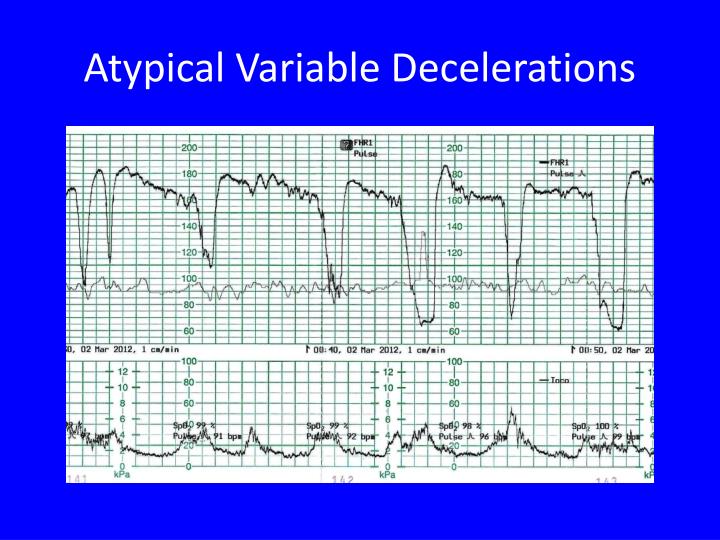

If the term “safety in numbers” can be applied to human anatomy this is it, especially when you consider what is required at the rotator cuff to throw at a target or more typically hold, carry, or move something in front of you.Įxercises that strengthen the hips (i.e., glute bridges) and exercises that strengthen the rotator cuff (i.e., shoulder scaptions) are typically seen in the rehabilitation environment. Location of the muscles alone situates these four muscles so that there is one anterior with three posterior.

One example is the shoulder rotator cuff which is made up of the subscapularis, supraspinatus, infraspinatus and the teres minor. You can also look beyond structure and observe synergies that are assembled or work together for deceleration. Having control in all these motions is crucial for hip, knee and ankle integrity not just when it comes to running but any movement that requires a rapid change of direction. Specifically it’ll decelerate hip flexion, adduction and internal rotation. This structure helps serve as the braking system as it works with the rest of the glute complex, hamstrings, etc., to decelerate the body when that same leg hits the ground as it continues to the next phase of the gait cycle. The direction of the fibers of the gluteus maximus run in an oblique direction, down and away from the the iliac crest and sacrum as it connects to the femur and the IT band. To consider how important deceleration is to the body you don’t have to look further than our anatomy. In both of these examples of deceleration, the inability to slow down efficiently is where excess joint stress can occur and may eventually lead to increased opportunity for injury. It has to slow down and stop after all the effort to speed the arm through the throwing motion. The other way to look at deceleration is the actual slowing of motion, as in the slowing of the arm as it releases a ball in a throw. It’s the transition or amortization phase between the eccentric and the concentric where the muscle transforms energy from the lengthened and energy “loaded” position to the quickly shortened “explosive” contraction.

This is the point during the muscle contraction spectrum that precedes the concentric shortening. One way is to look at it as the eccentric lengtheningof the muscle. There are a couple of ways to view deceleration when it comes to movement. If you have not yet become a strength and conditioning specialist, be sure to check out our program bundle that will give you the tools to successfully apply modalities like deceleration training. Starting motion may not be an issue for most, it’s how we slow down mass and momentum that becomes the problem when there’s an imbalance in the exercise plan. As much as this is true, you also want a car that can move efficiently to get you to where you’re going and, importantly, be able to stop when you get there.Įxercise programs need to also do the same when it comes to how we challenge the body. Most people consider a car solely as a vehicle to get from point A to B. You have to be able to start, stop and control the motion - that's why deceleration training is a vital component of fitness programming and any strength and conditioning program.Ĭreating a performance-based conditioning program can be akin to building a car when it comes to what you need the car to do.


 0 kommentar(er)
0 kommentar(er)
